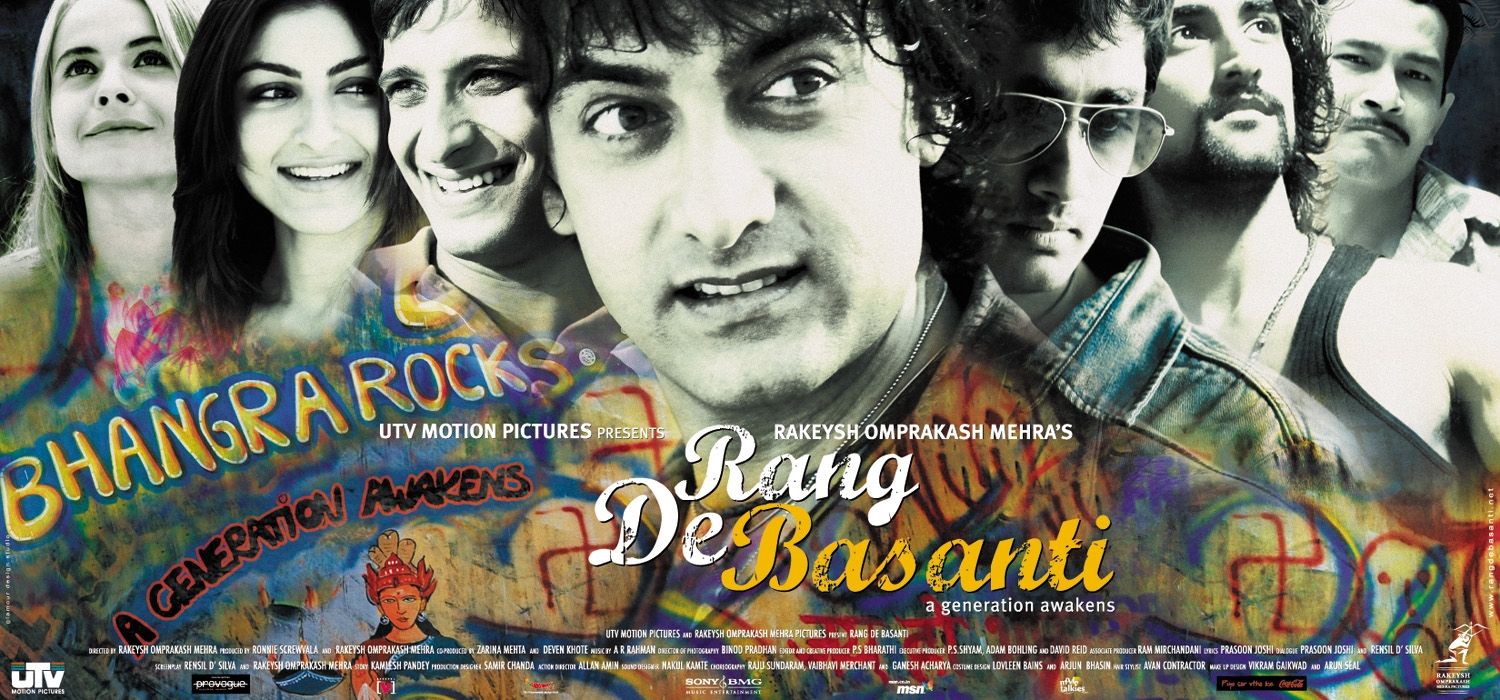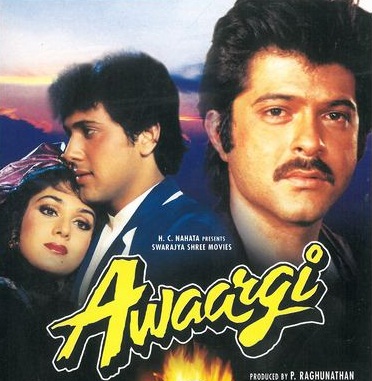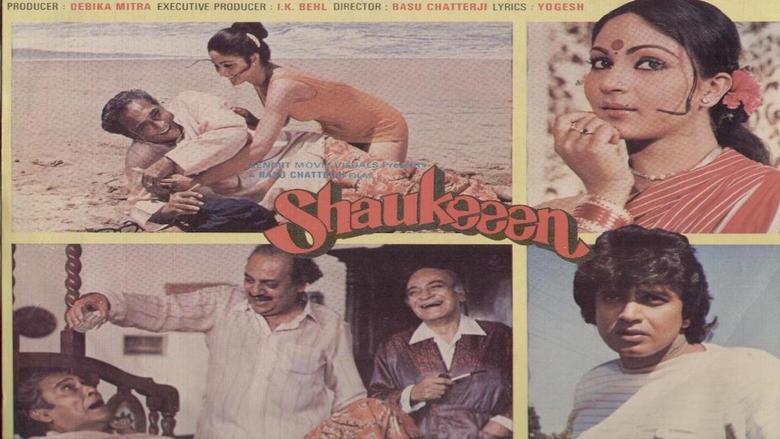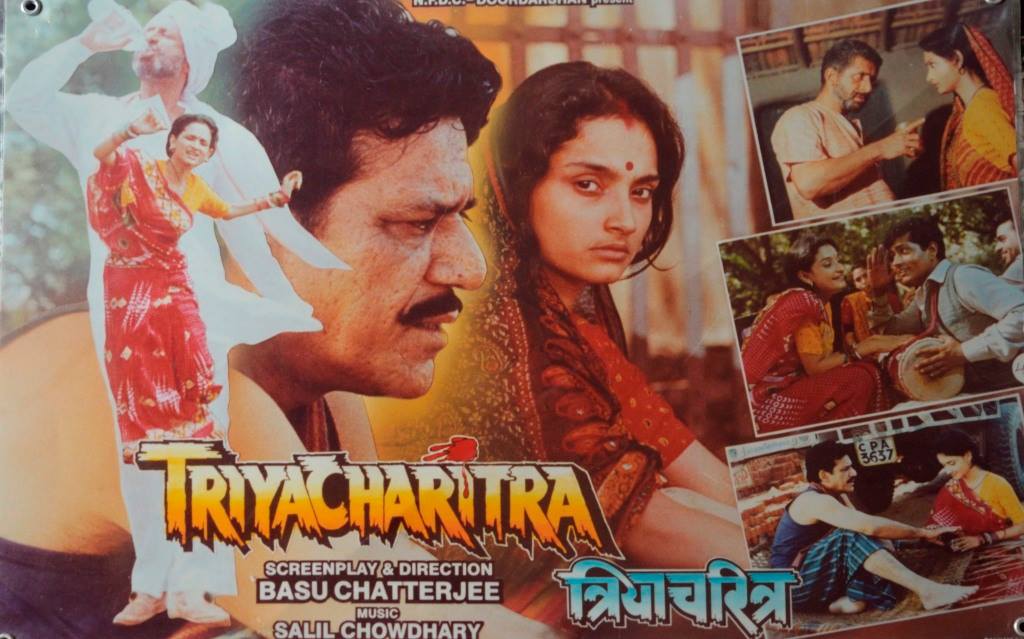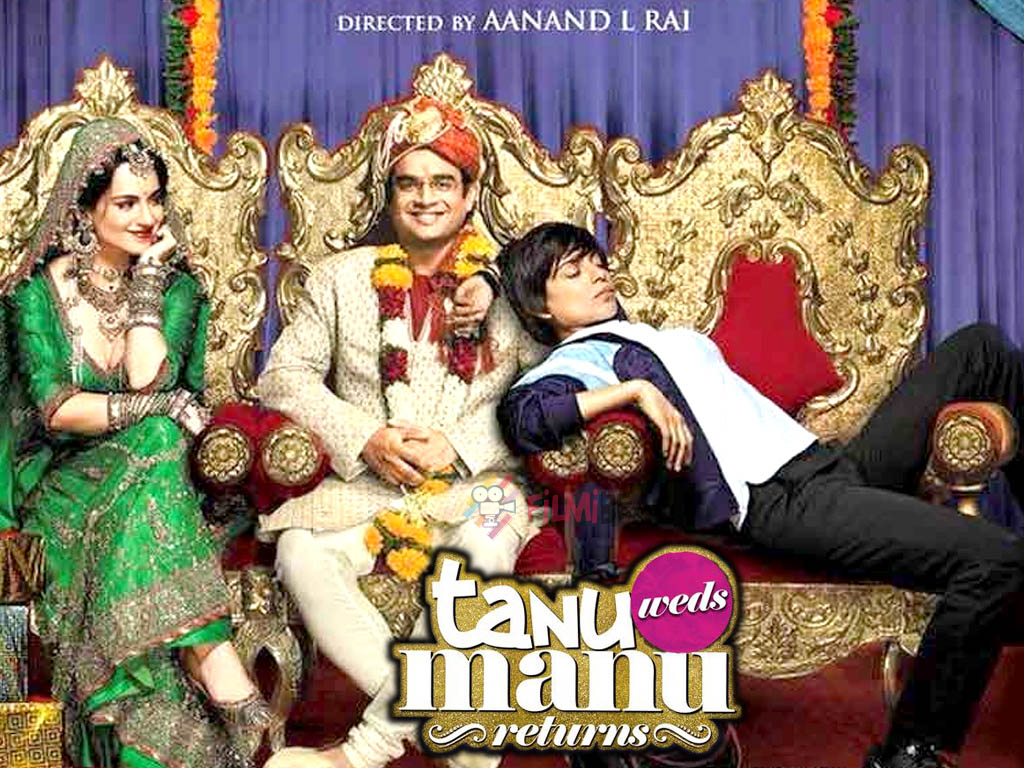So, the story begins: an all white woman wants to make an all ‘brown’ documentary on India looking through the lens of a long spent yesterday….so…that would be…I guess…a yellowish-brown, dusty documentary of some sort. Naturally, the Englishmen are not interested in something so ‘untouchable’. Therefore, she is left alone with her idea. Alone, but resolute, she comes down to India to shoot her documentary and auditions actors at Delhi University (National School of Drama is not that far – is it? – especially if one came all the way from the UK). The modern day MTV-India ‘guys’ and ‘gals’ (galz?) audition for it in their characteristic funky styles. Of course, none of them measures up. And then Sue (the English lady) meets these five beer guzzling loud-talkers, who are not much different from the herd of airhead sheep she had already auditioned. But they somehow floor her with their mindless antics. And Madam Sue manages to see in them die-hard patriots like Bhagat Singh, Chandra Shekhar Azad, Ashfaqulla Khan and Raj Guru. None of these are patriots in the least. Talk of being proud of the country, and they would throw those childish pebbles of criticism about population explosion and unemployment and so on. And guess who is playing the iron-willed Chandrashekhar Azad – someone who is so courageous that even after passing out from the University five years back he doesn’t venture out simply because he is a ‘nobody’ outside. And he doesn’t want to be lost in the crowd of millions. He would rather keep splashing in shallow but familiar waters than step out and face the world. Many before this DJ fellow (Aamir Khan) stepped out, and some won, too. But this man is – to say the least – a coward. And he is Sue’s Azad. Anyway, the movie is made and nowhere all along do they discover a sense of unity. They are the same skeptical pack, who take pleasure in criticizing the nation left, right and center instead of trying their hands at improving a thing or two.
And then comes the sharp turn, which, as per the movie, stirs the revolutionary youth in this otherwise hopeless lot. The death of their friend in an MIG air crash. A fighter pilot is called a ‘careless novice’ by the Defence Minister in the film so that the veil on murky defence deal could remain intact. Now, that’s the most unconvincing part.
No politician would dare call a fighter pilot a ‘novice’ especially when the media has already reported that the person lost his life in preventing the aircraft from falling over the populated areas. Even a fledgling politician would have enough political wisdom as not to touch the patriotic nerves of the people and that too when the media is talking of corruption in defence deals. But here the politician blames the pilot. The pilot’s mother and our heroes stage a candle march to India Gate. The protest is in thick media spotlight. And the Defence Minister, as though he were the Prime Minister, calls for the use of force. Another highly unconvincing drama unfolds.
 At India Gate, with media reporting live, no government would dare to as much as interfere – leave aside use force against – a peaceful candle march. A brutal lathi-charge follows, which is calculatedly shot by the director to bring back the memories of the British rule, particularly the lathi-charge that claimed the life of Lala Lajpat Rai. No peaceful protest, no matter how scathing or unreasonable, has ever been muffled with such brutally in post independence India – at least not in Delhi, and certainly not at India Gate. It is illogical to even conceive of such an action in a democracy because those who rule today have to go begging for votes tomorrow and they cannot afford to have public sentiments against them. No parallels between the Raj and independent India can be drawn in this respect. But that’s not all, in his zeal to paint things in British India colours, the movie sends the deceased pilot’s mother into coma after sustaining injuries in the lathi-charge in the true Lala Lajpat Rai fashion. And then comes the uprising in the true freedom struggle manner. The movie compares the two utterly different stories frame by frame – one real, the other fictional – in an unconvincing attempt to see one in the light of the other; or, worse, to see the fictional one as the retelling of the original and real one. The injured mother makes the freedom fighters in our young rusted guns come alive and they turn into real life Bhagat Singh, Raj Guru, Asfaqulla Khan and Chandrashekhar Azad.
At India Gate, with media reporting live, no government would dare to as much as interfere – leave aside use force against – a peaceful candle march. A brutal lathi-charge follows, which is calculatedly shot by the director to bring back the memories of the British rule, particularly the lathi-charge that claimed the life of Lala Lajpat Rai. No peaceful protest, no matter how scathing or unreasonable, has ever been muffled with such brutally in post independence India – at least not in Delhi, and certainly not at India Gate. It is illogical to even conceive of such an action in a democracy because those who rule today have to go begging for votes tomorrow and they cannot afford to have public sentiments against them. No parallels between the Raj and independent India can be drawn in this respect. But that’s not all, in his zeal to paint things in British India colours, the movie sends the deceased pilot’s mother into coma after sustaining injuries in the lathi-charge in the true Lala Lajpat Rai fashion. And then comes the uprising in the true freedom struggle manner. The movie compares the two utterly different stories frame by frame – one real, the other fictional – in an unconvincing attempt to see one in the light of the other; or, worse, to see the fictional one as the retelling of the original and real one. The injured mother makes the freedom fighters in our young rusted guns come alive and they turn into real life Bhagat Singh, Raj Guru, Asfaqulla Khan and Chandrashekhar Azad.
 Their weapon of choice – violence. Result – Defence Minister dead. But the death doesn’t really ‘kill’ the Defence Minister; it makes him an immortal martyr, which forces the boys to go live on air to tell the real story. And a baffled government responds with what would be a political suicide even in an autocratic country. While the boys are on air, the government orders its black cat commandos to kill them. And they do. While the world’s biggest democracy listens, the boys – unarmed and defenseless – are killed. That’s how fantastically far does the movie take it to tell us that we need such hardcore revolutionaries to change our nation, that things are as bad as they were under the British regime, that problem of corruption is so hopelessly bad that desperate sacrifices are the need of the hour. The movie makes several blunders. It is not a realistic movie at all, but is only as good as any regular bollywood potboiler – Aap Ka Suroor, Kkrish, Main Hoon Na, take your pick. In fact, it’s far worse. The others make you dream and smile, this gives you a nightmare to shriek your guts out in horror. We have no demons to fight other than ourselves and you don’t shoot yourself for being bad, you improve yourself gradually. We don’t need to shout slogans or kill those who govern us or be lathi-charged against to improve things. All that one needs to do is cast vote.
Their weapon of choice – violence. Result – Defence Minister dead. But the death doesn’t really ‘kill’ the Defence Minister; it makes him an immortal martyr, which forces the boys to go live on air to tell the real story. And a baffled government responds with what would be a political suicide even in an autocratic country. While the boys are on air, the government orders its black cat commandos to kill them. And they do. While the world’s biggest democracy listens, the boys – unarmed and defenseless – are killed. That’s how fantastically far does the movie take it to tell us that we need such hardcore revolutionaries to change our nation, that things are as bad as they were under the British regime, that problem of corruption is so hopelessly bad that desperate sacrifices are the need of the hour. The movie makes several blunders. It is not a realistic movie at all, but is only as good as any regular bollywood potboiler – Aap Ka Suroor, Kkrish, Main Hoon Na, take your pick. In fact, it’s far worse. The others make you dream and smile, this gives you a nightmare to shriek your guts out in horror. We have no demons to fight other than ourselves and you don’t shoot yourself for being bad, you improve yourself gradually. We don’t need to shout slogans or kill those who govern us or be lathi-charged against to improve things. All that one needs to do is cast vote.
Modern Indian history stands witness to the fact that even the strongest Prime Minister the country has ever seen could not do anything but bow before the will of the people expressed democratically – remember emergency and its political consequences? Mr. Mehra needs to get his history right and also get his eyes checked if he has problems seeing what stares right in his face. The most interesting part, however, is that the movie is a hit and was also sent for an Oscar. Now, that’s India for you. Our politicians are no political novices. They don’t muffle dissent by force, they celebrate it. That’s the way to kill it and they know it only too well. Good Morning, Mr. Mehra.
Originally written for and published in LAWYERS UPDATE in August 2007 issue

